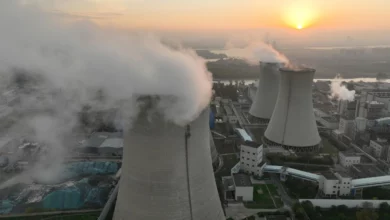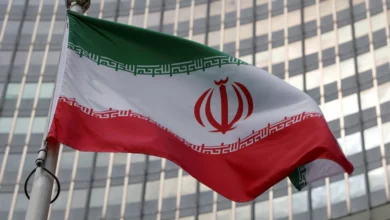Cities in Iran, India, Pakistan, Mongolia are among the worst on the planet for air pollution, while those in the US and Canada are among the best, according to the first global survey.
The Iranian city of Ahvaz had the distinction of the highest measured level of airborne particles smaller than 10 micrometers, according to the UN's World Health Organization (WHO) survey.
Outdoor air pollution causes an estimated 1.34 million premature deaths a year, said WHO. Investments to lower pollution levels quickly pay off owing to lower disease rates and, therefore, lower healthcare costs, it said.
The list, which relies on country-reported data over several years, measures the levels of airborne particles smaller than 10 micrometers – so-called PM10s – for almost 1,100 cities.
WHO recommends an upper limit of 20 micrograms for PM10s, which can cause serious respiratory problems in humans. They are mostly sulphur dioxide and nitrogen dioxide from power plants, vehicle exhausts and industry.
Ahvaz's annual average of PM10s was 372 micrograms per cubic metre.
The study found that the Mongolian capital of Ulan Bator had an annual average PM10s density of 279 micrograms per cubic metre, followed by another Iranian city, Sanandaj, with 254 micrograms.
Cities in Pakistan and India, such as Quetta and Kanpur, as well as Botswana's capital, Gaborone, also ranked high on the pollution scale.
WHO said the reasons for the high levels varied but that often rapid industrialisation and the use of poor quality fuels for transport and electricity generation are to blame.
At the other end of the list are cities in Canada and the US, which benefit from lower population density, favourable climates and stricter air pollution regulation.
Yukon territory's capital, Whitehorse, had a yearly average of just 3 micrograms of PM10s per cubic metre, while Santa Fe, New Mexico, measured 6 micrograms.
Washington had a level of 18 micrograms, Tokyo measured 23 micrograms, and Paris had 38 micrograms of PM10s per cubic meter.




